
STILL REBUILDING: Six Years After Sandy, Hoboken Continues to Fight Flooding
(ABOVE: 9th & Madison Street, September 2018)
Time flows on six years after Superstorm Sandy, and so does the water here in Hoboken.
As Sandy’s devastating storm surge pushed into the region in the cold darkness of October 29, 2012, Hoboken city filled up with water, “like a bathtub,” according to then-Mayor Dawn Zimmer. When it was all said and done, the City sustained $100 million in damages.
The event was unprecedented, and while the National Guard and the camera crews eventually left Hoboken, the trauma of that storm surge still remains. Heavy rains continue to assail low-lying areas in the back of town, and waves overtake the shoreline and vital infrastructure while the Hudson River reasserts itself far too regularly on the Waterfront.
 ABOVE: Hoboken Terminal – October 27, 2018; Carter Craft photo
ABOVE: Hoboken Terminal – October 27, 2018; Carter Craft photo
Nevertheless, significant progress has been made.
Pumps have been installed, and while they’re not a comprehensive solution, they do work to mitigate the damage of heavy rain events and topography—in a town that lies at or below sea level in the mouth of the Hudson River, along a sheer 150-foot cliff face. Furthermore, a series of resiliency parks are being built along the western edge of town, which will work to retain flood waters in underground pipes, then work in conjunction with the pumps to remove water that would otherwise flood streets, businesses and residences.
Last week New Jersey officials announce that they have agreed on a $230 million project to protect Jersey City, Hoboken, and Weehawken from major flooding caused by storms like Superstorm Sandy. The plan calls for the construction of walls to protect flood-prone neighborhoods. The flood barriers will integrate with the landscape of the three cities and include green areas and seating. Construction is slated to start in Q3 of 2019 with a completion date of 2022.
The final alignment of the project—funded by the federal government’s Rebuild By Design project—will be constructed along Weehawken Cove to the north, and in and around NJ Transit’s Hoboken Rail Yard, located at the southern portion of Hoboken’s waterfront.
“This design selection is a win for Hoboken—now and in the future,” said Governor Phil Murphy. “It provides a reasonable, cost-effective system that will protect the city’s residents from flooding from the next major storm.”
Debates over the implementation of Rebuild By Design have been contentious, citing concerns over aesthetics and practicality. Former Mayor Zimmer recently appeared on 60 Minutes, essentially dismissing those concerns in light of overarching realities regarding long-term climate changes and coastal realignment:
The selected plan is seen as a “middle ground” between the two alignments considered in the feasibility phase. The State of New Jersey contends that it was chosen after careful review of the project’s budget and federally-mandated 2022 completion deadline, as well as discussions with NJ Transit and local officials.
High tide tonite in #hoboken. Water over Tracks 8-11. #notahurricane. What is th future for this terminal given that #ClimateChangeIsReal ? pic.twitter.com/ilyAXtNFSW
— Carter Craft (@cartercraft) April 26, 2017
The selected plan will reportedly provide critical flood protections to key portions of the rail yard, while also minimizing impacts to tracks and rail service during construction. The option will also reduce the visual impacts of the structure on Observer Highway and provide a redevelopment opportunity in the area.
“The Rebuild By Design project in Hoboken will help us build a Hudson County that is stronger and more resilient than ever before,” said Hudson County Executive Tom DeGise. “I look forward to working with all our partners at the federal, state, and city levels to move this project forward and protect our waterfront neighborhoods.”
“Hoboken’s residents and businesses must be protected from flooding and other residual effects of future storms,” said Hoboken Mayor Ravi Bhalla. “This alignment will help protect our city and support our economic goals. We believe that Hoboken can truly become a national model for innovatively dealing with the impacts of global climate change. I thank Governor Murphy, the Administration, and our federal partners for moving this project forward.”
“As the former Mayor of Hoboken during Superstorm Sandy, I am incredibly grateful to Governor Murphy and his Administration for prioritizing the public safety and resiliency of our region with this carefully evaluated decision,” said Zimmer. “This is truly is a win/win for Hoboken and the State of New Jersey. It ensures that Rebuild by Design will remain on track for completion by 2022, protects the operations of our State’s critical transportation system, and enables substantial commercial economic development to move forward.”
CLICK HERE to learn more about Rebuild By Design.
***

 Previous Article
Previous Article Next Article
Next Article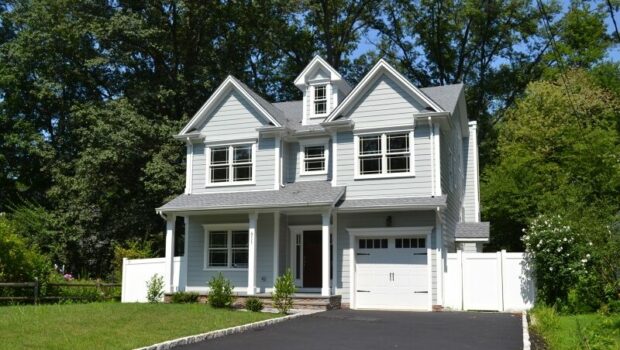 FEATURED PROPERTY: 811 Fairacres Avenue, Westfield | 5BR/4.5BA Colonial | $1,189,000
FEATURED PROPERTY: 811 Fairacres Avenue, Westfield | 5BR/4.5BA Colonial | $1,189,000  hOMES: Weekly Insight Into Hoboken & Jersey City Real Estate Trends | January 26, 2018
hOMES: Weekly Insight Into Hoboken & Jersey City Real Estate Trends | January 26, 2018 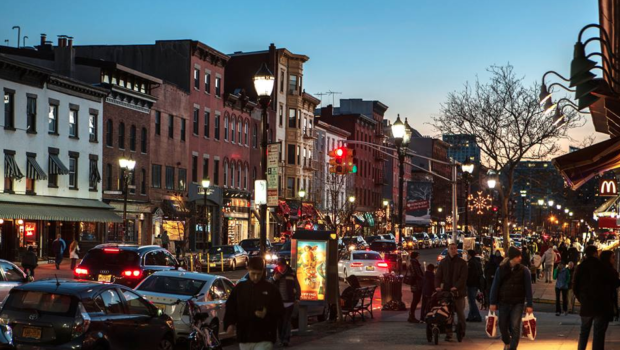 hOMES: Weekly Insight Into Hoboken & Jersey City Real Estate Trends | December 14, 2018
hOMES: Weekly Insight Into Hoboken & Jersey City Real Estate Trends | December 14, 2018 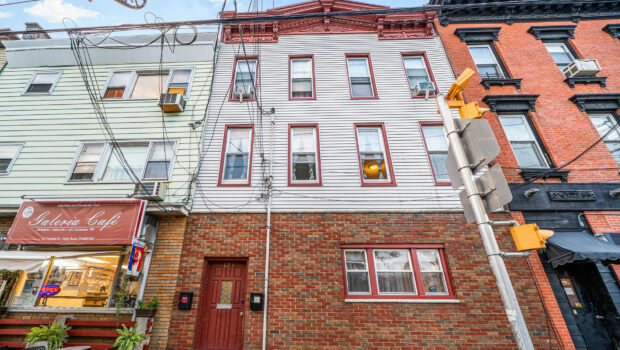 FEATURED PROPERTY: 123 Franklin Street, Jersey City Heights | Multi-Family Home | $779,000
FEATURED PROPERTY: 123 Franklin Street, Jersey City Heights | Multi-Family Home | $779,000  hOMES: Weekly Insight Into Hoboken & Jersey City Real Estate Trends | July 27, 2018
hOMES: Weekly Insight Into Hoboken & Jersey City Real Estate Trends | July 27, 2018 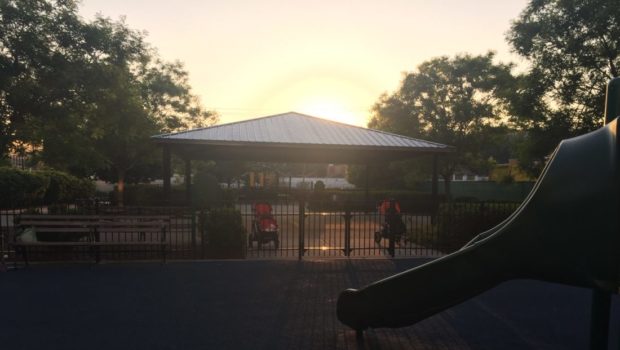 hOMES: Weekly Insight Into Hoboken & Jersey City Real Estate Trends | August 10, 2018
hOMES: Weekly Insight Into Hoboken & Jersey City Real Estate Trends | August 10, 2018 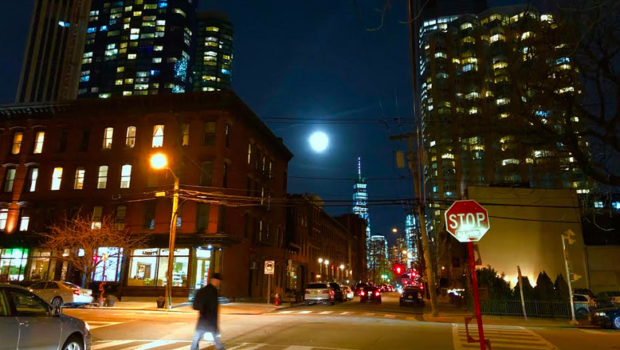 hOMES: Weekly Insight Into Hoboken & Jersey City Real Estate Trends | February 22, 2019
hOMES: Weekly Insight Into Hoboken & Jersey City Real Estate Trends | February 22, 2019  FEATURED PROPERTY: 744 Park Ave #4R, Hoboken | 2BR/2BA Condo – $599,000
FEATURED PROPERTY: 744 Park Ave #4R, Hoboken | 2BR/2BA Condo – $599,000